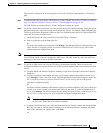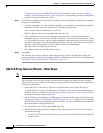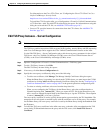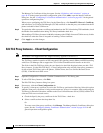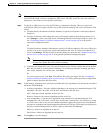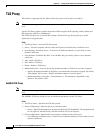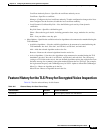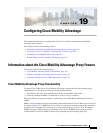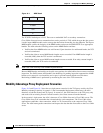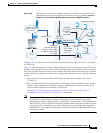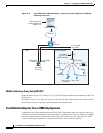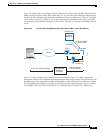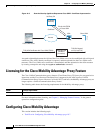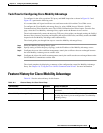
CHAPTER
19-1
Cisco ASA Series Firewall ASDM Configuration Guide
19
Configuring Cisco Mobility Advantage
This chapter describes how to configure the ASA for Cisco Unified Communications Mobility
Advantage Proxy features.
This chapter includes the following sections:
• Information about the Cisco Mobility Advantage Proxy Feature, page 19-1
• Licensing for the Cisco Mobility Advantage Proxy Feature, page 19-6
• Configuring Cisco Mobility Advantage, page 19-6
• Feature History for Cisco Mobility Advantage, page 19-7
Information about the Cisco Mobility Advantage Proxy Feature
This section contains the following topics:
• Cisco Mobility Advantage Proxy Functionality, page 19-1
• Mobility Advantage Proxy Deployment Scenarios, page 19-2
• Trust Relationships for Cisco UMA Deployments, page 19-4
Cisco Mobility Advantage Proxy Functionality
To support Cisco UMA for the Cisco Mobility Advantage solution, the mobility advantage proxy
(implemented as a TLS proxy) includes the following functionality:
• The ability to allow no client authentication during the handshake with clients.
• Allowing an imported PKCS-12 certificate to server as a proxy certificate.
The ASA includes an inspection engine to validate the Cisco UMA Mobile Multiplexing Protocol
(MMP).
MMP is a data transport protocol for transmitting data entities between Cisco UMA clients and servers.
As shown in Figure 19-1, MMP must be run on top of a connection-oriented protocol (the underlying
transport) and is intended to be run on top of a secure transport protocol such as TLS. The Orative
Markup Language (OML) protocol is intended to be run on top of MMP for the purposes of data
synchronization, as well as the HTTP protocol for uploading and downloading large files.



